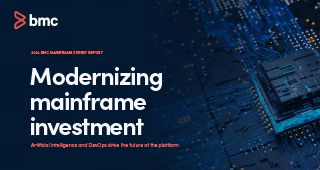The last few months, working from home, I found myself struggling with unexplained hunger pangs and a constant need to snack! When I waited too long to eat, I over-consumed my food, had trouble placing an accurate order, and found it hard to complete a shopping trip because the hunger clouded my judgment!
This is kind of what happens when stakeholders wait too long to see any progress or receive any updates from your team. They are unable to adjust their expectations and hope to see unreasonable amounts of work being delivered.
Successful Scrum practices lead to shorter sprint cycles, which then lead to faster reviews of completed work. There is no hunger for an update or a progress report and the chances of unreasonable demands or tantrums are less likely. This keeps the stakeholders engaged, happy, and satiated.
However, as someone who has struggled with weight & diet issues for decades, I am very aware of the dual perception of fullness! “Satiation” is the feeling of fullness at the end of a meal. “Satiety,” on the other hand, is a measure of how long it takes before one is hungry again. It isn’t enough that the stakeholders feel satiated right now, it is also about maintaining a period of satiety!
In my first few sprints of mainframe software development, I found myself struggling every 10th day!
Things were tricky in Mainframe Land. What was “sprintable” was not necessarily valuable on its own! The team shied away from bringing an incomplete feature for review, and the story most likely got “carried over.” It could easily be 4 or even 6 weeks before any revelation about progress was made, especially to the wider audience that never has access to the JIRA burndown chart or development comments.
I felt conflicted! Do I insist on reviewing the sub-tasks we completed or wait until something more meaningful can be demoed?
I had to take a step back and reflect upon the core Scrum values. A team’s success with Scrum depends on five values: commitment, courage, focus, openness, and respect.
That helped me gain some perspective! I felt that a team should review any and all progress during the sprint review. The focus should be on being transparent and open and not on hosting a grand presentation. Any progress is proof of our focus on our goals and respect for our stakeholder interests.
I sincerely believe that when stakeholders work with a team which is being transparent and open about their progress in a timely and consistent manner, then even if an occasional hiccup happens with missed deadlines or otherwise they will be more likely to forgive the delay and remain focused on the overall progress.
While occasional grand updates might feel amazing for a short period of time, it is only via consistent progress updates that we can truly guarantee longer periods of satiety for all stakeholders.







